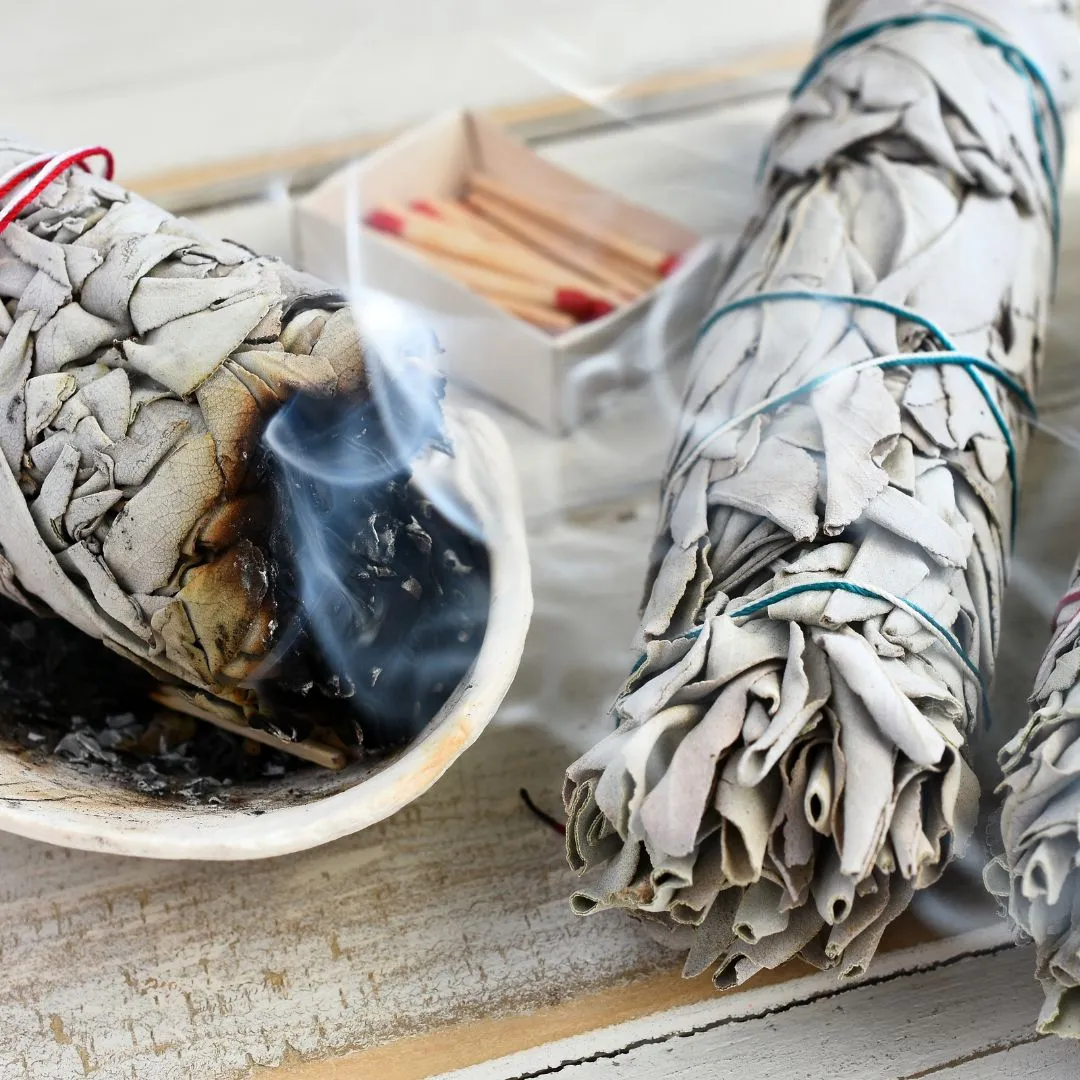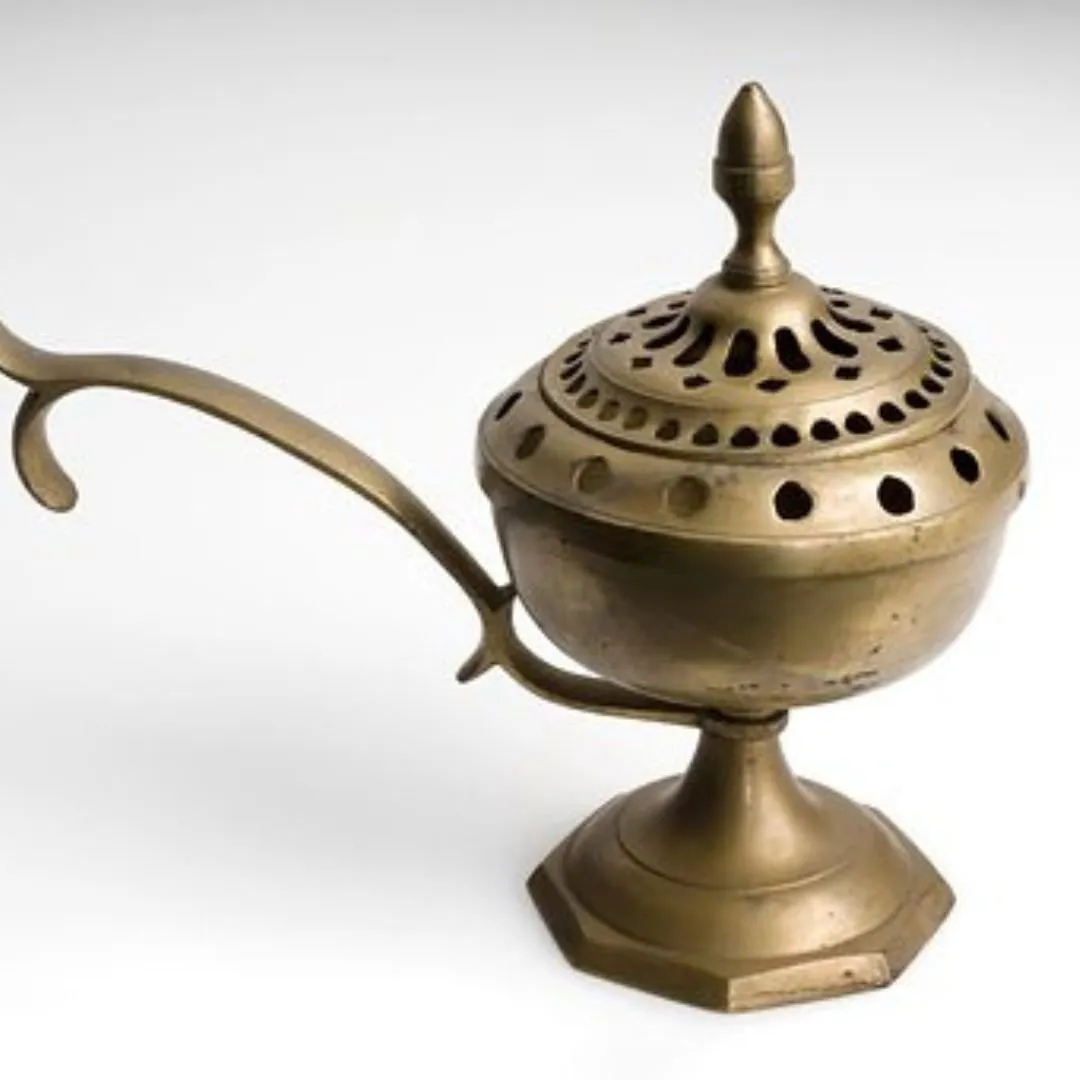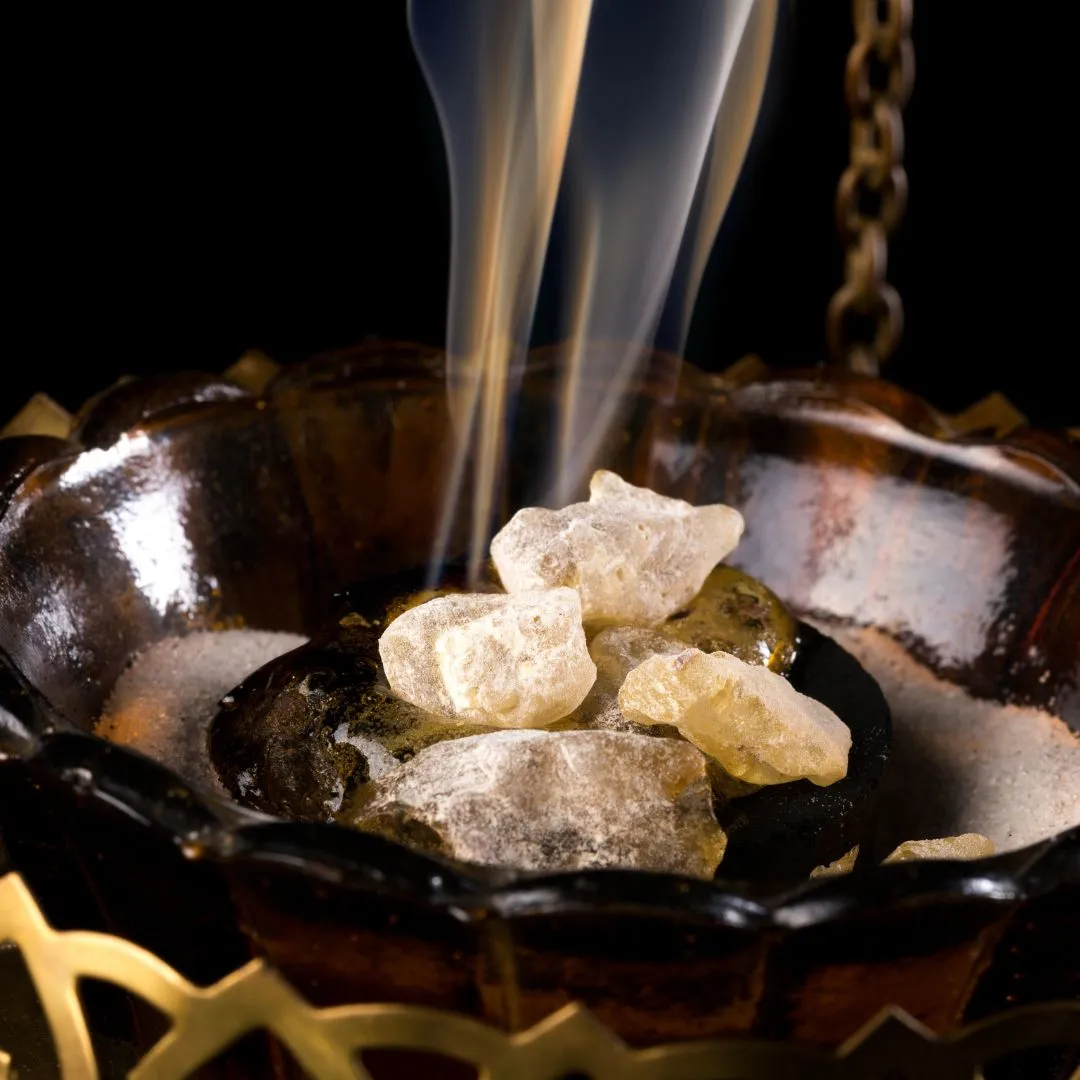Is Space Clearing Cultural Appropriation?

Healers the world over have been burning herbs to cleanse homes and energy for thousands of years.
Whether you call it ‘plant medicine’, ‘saging’, ‘smudging’, ‘fumigating’ or any other culturally specific name, it’s been part of the home and ceremonial lives of aboriginal people, indigenous communities, religions and the civilisations which developed from them around the globe.
Ancient Greeks and the Romans burned herbs for a range of reasons, some spiritual, some divination, some simply antiseptic.
Medieval homes used the scent of fresh and burned herbs and plants to cleanse the environment – at a time when unwashed bodies and much worse stenches were commonplace.
‘Surgeon barbers’ the original doctors and Apothecaries across Europe and the Middle East used small metal fumigators to burn scented foliage to protect themselves from vile smells and airborne diseases. There were also professional fumigators – men who specifically burned herbs to cleanse the air in homes and on streets at times of plague.

15th Century Fumigator courtesy of The Science Museum
Across India and the Far East incense derived from plants was used for a range of purposes, including to cleanse energy and deter malign spirits from hanging around.
In acupuncture a, practice thousands of years old, a practitioner may burn ‘moxa’ derived from the bush we know in the UK as ‘Mugwort’ for many medical needs, including to turn a breach baby, support the wellbeing of women and improve the flow of energy throughout the body.
Mugwort has been used across many cultures in excess of a thousand years for cleansing rooms with smoke and other spiritual practices.
The Roman Catholic and Orthodox churches incorporate ‘bells and smells’ by burning incense during services. The Buddhist and Hindu faiths have an incense tradition too.

Frankincense is part of many religious traditions
The Incas and other indigenous communities in South America burned Palo Santo, a wild tree found from the Yucatán Peninsula to Peru and Venezuela for similar purposes.
Aboriginal Australians had ‘smoking ceremonies’ to ward off evil.
African healers used burning plants in medicine and other traditions.
… and I burn sage, lavender, rosemary, thyme … or whatever else smells good, in space clearing ceremonies, after arguments or if someone has been very upset in order to cleanse the energy of a home and send any residual negativity on its way.
The essence of the Space Clearing ceremony I use comes from ancient Balinese tradition, so I suppose you could say I culturally appropriated aspects of the Balinese method when I incorporated sound and smoke with the candlelight and aromatic oil oils I’ve been using for over 30 years to clear bad vibes…
Humans routinely use scent to refresh and revitalise the energy around us. It’s not unique to any specific culture or background and we would be mistaken to claim or attach it to any particular origin, whether a Native American Indian tribe, the cunning marketing plan of a Silk Road merchant, a medieval community, African healer, Chinese empire builder or any other indigenous people.
So the catch-all suggestion that using a plant combustion method is, in itself, a form of cultural appropriation isn’t quite fair.
What I totally acknowledge is that burning White Sage was the method used by certain Native American tribes and that the word for this practice is translated as ‘smudging’ - a word unique to the Americas. So if you choose to use White Sage and call it smudging, then this act can be regarded as cultural appropriation and is offensive to some Native American communities.
White Sage itself grows naturally only in a small area of California and Mexico, is now an endangered plant in the wild due to over-harvesting. Other sustainable alternatives need to be found for white sage and also Palo Santo, a scented wood which has become the fashionable smudging option in recent years and is grown in an area decimated by deforestation.
We can’t use the needs of therapists, healers and space clearers as an excuse to chop down tropical dry forests or harvest any plant to the point of extinction. That goes against every principle of working with the abundance of nature. However, this does not mean those who burn aromatic plants are culturally appropriating just because they burn bundles of herbs – instead they are tapping into folklore, knowledge and tradition going back thousands of years.
It would be more reasonable to say that in the last 40 years, growing numbers of alternative therapy practitioners and recently Tik Tok influencers have rediscovered and adapted age-old practices including smudging and the use of white sage derived from Native American heritage. They have taken something sacred and turned it into a mainstream commodity, which was then packaged and sold as a ‘fix all’ for the energy of the home with little regard for the beliefs or spirituality of the Native American tribes.
For my part, I will continue to use plant combustion in my space clearing practice, will not be buying White Sage in future, or using the term ‘smudging’.
References:
The Wellcome Trust: Deadly Stinks and Life Saving Aromas in Plague Stricken London https://wellcomecollection.org/articles/XGaG2hAAANfAsTGg
Well+Good : How to sage your home correctly https://www.wellandgood.com/how-to-sage-your-home-correctly/
There are many other articles which explain the concerns for the Native American and First Nation people. They are well worth reading.







